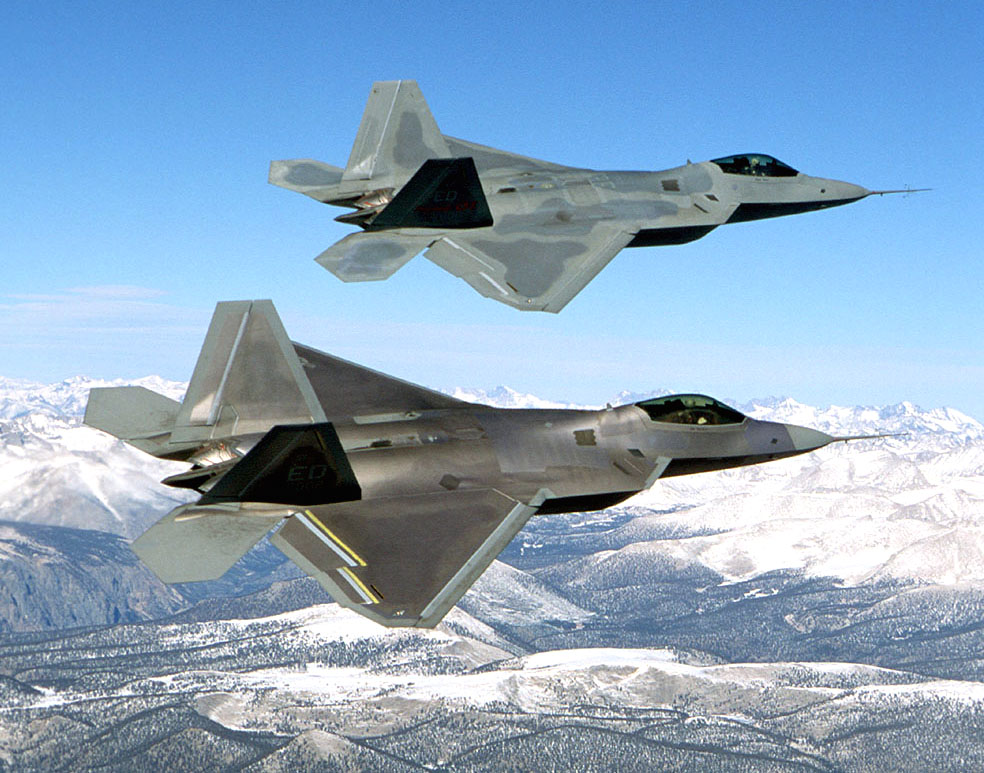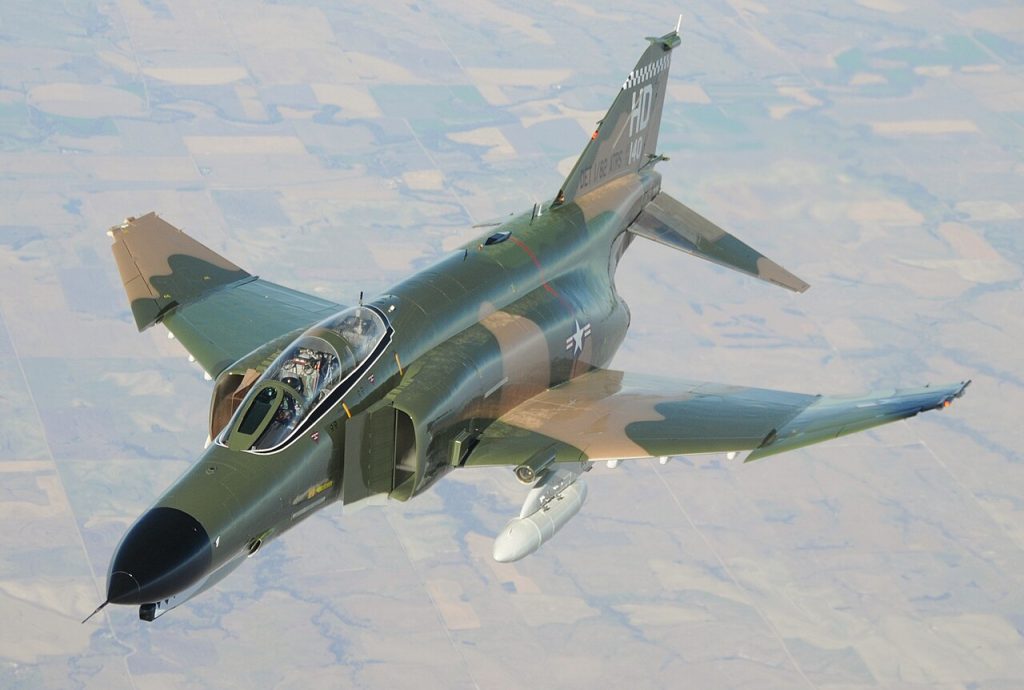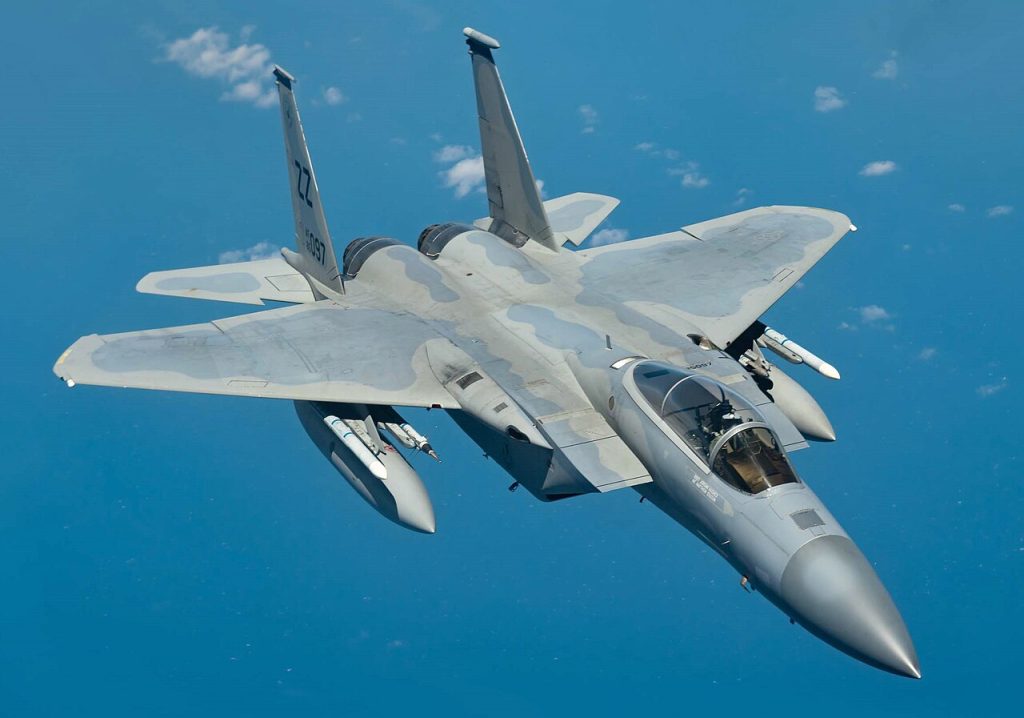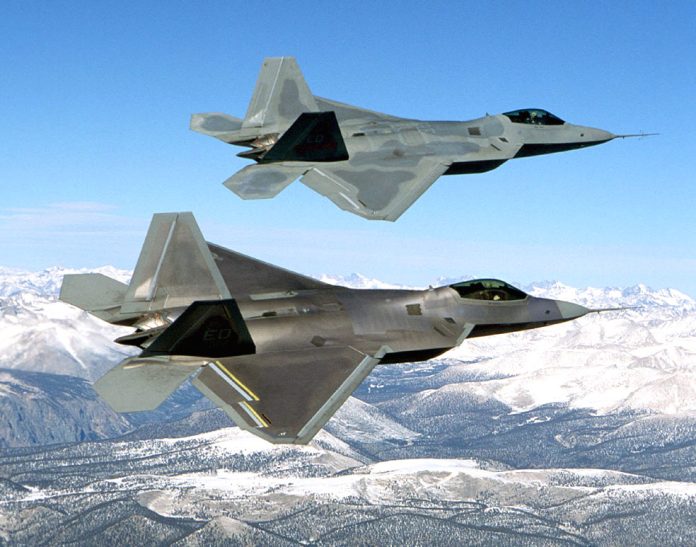
Speed in air-to-air combat has always been a seductive metric. In an age dominated by stealth, networked warfare, and precision-guided munitions, raw velocity might seem like something that should be relegated to the Cold War. Yet, for specific missions, such as long-range interception, rapid response, or just plain deterrence, maximum speed is a critical capability. The fastest fighters in the U.S. arsenal are not just engineering marvels but embodiments of decades of aerodynamic innovation, propulsion breakthroughs, and tactical doctrine.
While few modern engagements will find a fighter exceeding Mach 1.2 in combat, the ability to push beyond Mach 2 is a statement of technological prowess. Many of these trace their lineage back to Cold War programs where speed was paramount, and their continued relevance speaks to the enduring value of rapid performance. Here’s a deeper look into nine of the fastest fighter jets serving or associated with U.S. forces in the year 2025 and the stories behind their blistering top speeds.

1. McDonnell Douglas F-4 Phantom II
The F-4 Phantom II remains one of the classics of Cold War engineering, with a maximum speed of Mach 2.23. Its thrust, via its twin General Electric J79 engines, belied its ungainly appearance, demarcated by those upward-angled wingtips. First manufactured without an internal gun in a reflection of 1960s faith in missile combat, the Phantom later had external gun pods fitted after Vietnam proved that dogfighting was far from obsolete. Though retired from U.S. service, it still flies with Turkey, Greece, and Iran, testimony to its robust design and adaptability.

2. Lockheed Martin F-22 Raptor
The F-22 Raptor was the world’s first fifth-generation fighter, able to reach speeds of Mach 2.25; it remains unbeatable on several performance parameters. With its twin Pratt & Whitney F119 engines, it enjoys supercruise-sustained supersonic flight without afterburners-at Mach 1.8, saving fuel while retaining tactical advantage. The internal weapons bays eliminate drag penalties and allow the Raptor to remain at speed even when fully armed. Flown exclusively by the U.S. Air Force, fewer than 200 were built, making it one of the most elite fighter fleets in history.

3. Israeli Aerospace Industries Kfir
Based on the Dassault Mirage 5, the Kfir achieves Mach 2.3 through a powerplant change-out to the General Electric J79-J1E turbojet-a powerplant also specified for the F-4 Phantom. Though the type is no longer in U.S. military service, it remains relevant thanks to contracted training duties, and particularly with ATAC. The very limited number of operational marks today belies its past reputation as a most agile, high-speed interceptor.

4. Mikoyan MiG-29 Fulcrum
With a top speed of Mach 2.3, the MiG-29 was designed as the Soviet counterpart to the F-16. With its twin engines widely set apart, the MiG-29 achieves very high acceleration and remarkable maneuverability, making it an effective platform in close combat. Supersonic flight cannot be maintained with external fuel tanks; however, in clean configuration, it is capable of Mach 1.2 at sea level. While not a U.S. aircraft, its performance was an important driver for U.S. fighter developments during the Cold War.

5. Grumman F-14 Tomcat
The F-14 Tomcat was a variable-sweep wing technology pioneer for carrier-based fighters, capable of Mach 2.3. Its design enabled maximum lift during takeoff and landing, while at high speeds, drag was minimized. Some former Navy pilots said they operated at speeds equal to the advertised maximum, even when fully loaded, and suggest that a clean Tomcat would have surpassed Mach 2.5. The F-14 was retired from U.S. service in 2006, although it remains in service in Iran’s inventory as a symbol of bygone days of high-speed naval interceptors.

6. Mikoyan MiG-23 Flogger
Capable of at least Mach 2.35, the MiG-23 featured a swing-wing design which gave it versatility for both short-field operations and high-speed interception; as a primary bomber interceptor, manoeuvrability and low-altitude performance had to be sacrificed. Though not part of the U.S. fleet, its capabilities influenced Western variable-geometry designs, including the F-14.

7. Sukhoi Su-27 Flanker
The Su-27 was designed to be a long-range air superiority fighter that balanced speed, agility, and payload to a maximum of Mach 2.35. It seriously loses performance with external ordnance, but at altitude, it is a very potent platform. Its design gave birth to a litany of variants, including the Su-30 and Su-35, and even Chinese derivatives that would go down in the annals of aviation history as among the most versatile high-speed fighters.

8. McDonnell Douglas F-15 Eagle
The F-15 Eagle was developed to counter the extreme performance of the MiG-25, having a top speed of Mach 2.5. This mix of speed and maneuverability, combined with the unparalleled operational combat record-more than 100 aerial victories without loss-makes it one of the most successful fighters ever built. Modernized as the F-15EX Eagle II, Boeing officials have said a clean configuration could approach Mach 2.9, though operational speeds are much lower due to structural and fuel limits.

9. Mikoyan MiG-25 Foxbat
With a speed of Mach 2.83, the MiG-25 remains the fastest-ever operational fighter and was designed to intercept high-speed targets-such as the bomber B-70 Valkyrie. Constructed of steel due to Soviet limitations in using titanium, it utilized huge engines to attain blistering speed at great cost in engine life. Though rarely going much over Mach 1.5 today in Russian service owing to the limitations of its cockpit glass, the MiG-25’s impact during the Cold War was immense: it stirred the United States into developing the F-15 and shifted priorities in fighter design. The fastest fighters in U.S. service today are as much products of history as they are of modern engineering.
Many trace their origins to an era when speed was the ultimate measure of aerial dominance, yet they remain relevant through upgrades and evolving roles. While in contemporary combat, stealth, sensors, and networked capabilities often overshadow sheer velocity, the ability to unleash Mach 2-plus performance when needed ensures these aircraft retain a decisive edge. Speed may no longer be the sole trump card, but it remains a potent one in the complex calculus of air superiority.


